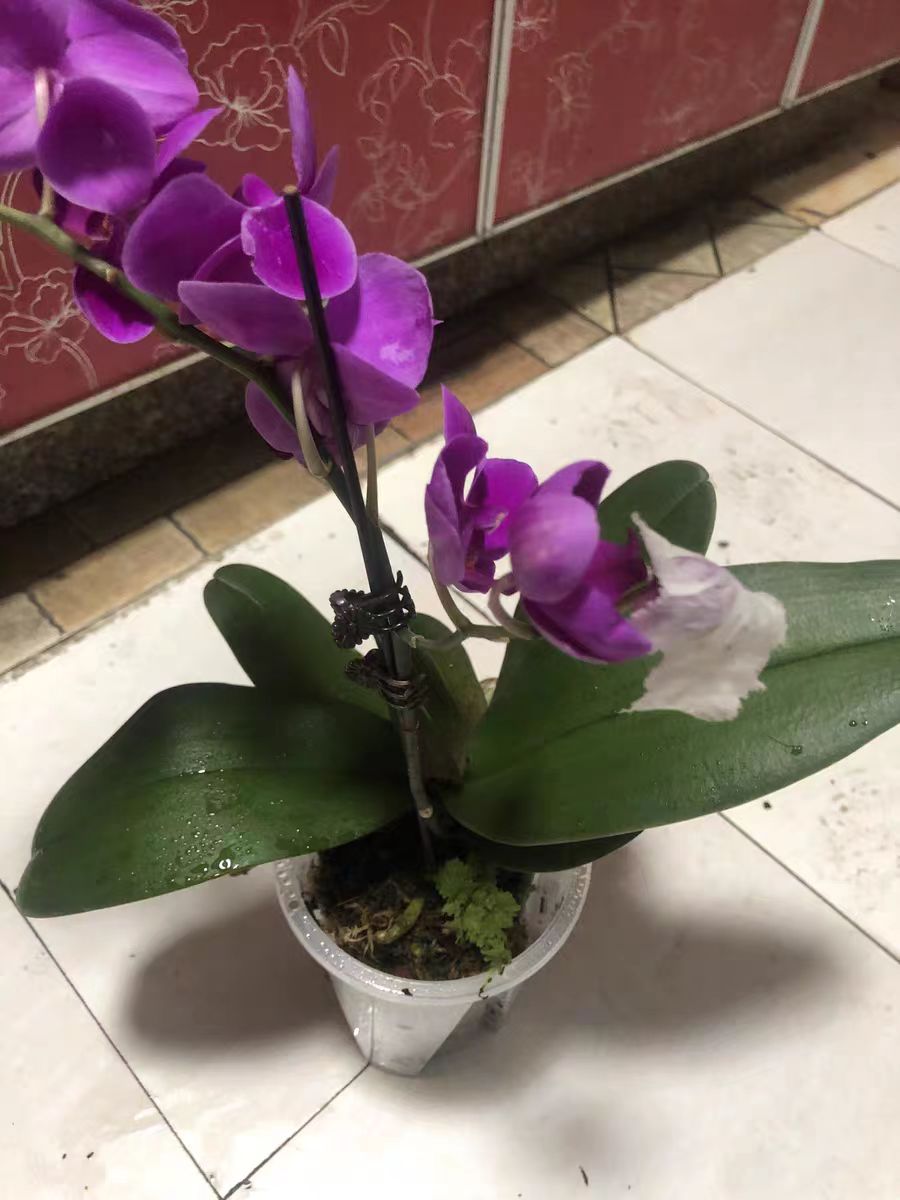Many flower enthusiasts feel confused when repotting young Phalaenopsis seedlings: should the original sphagnum moss be removed? How to repot them to ensure the seedlings thrive? Here are the key points.
Should the original sphagnum moss be removed? The answer is yes, but not completely! Phalaenopsis is an epiphytic plant with aerial roots, relying on loose media like sphagnum moss and bark to fix roots in its natural habitat. The sphagnum moss used by merchants is typically imported with super water retention. Repotting directly without removing the old moss will stack new and old sphagnum moss, easily causing root suffocation after watering. Young seedling roots are tender and prone to rot immediately!
However, do not remove all old sphagnum moss! Leave about 1/3 wrapped around the outer layer of roots to protect tender new roots from injury and provide a "familiar scent" for seedlings to adapt to the new environment faster. Gently shake off loose outer sphagnum moss during operation, and carefully clean overly tight parts with small tweezers—move gently.
Next, here are three steps for repotting young Phalaenopsis seedlings, turning novices into experts!
Step 1: Prepare materials
Transparent plastic nursery pots (to observe root status easily)
New sphagnum moss (soak in advance for 30 minutes, then squeeze out excess water)
Bark or ceramic pellets (for pot bottom padding)
Do not soak new sphagnum moss too long; it should be moist but not dripping when clenched—over-wet moss causes root suffocation, while too dry moss fails to retain water.
Step 2: Repotting operation
First, lay a 2–3 cm thick layer of bark or ceramic pellets at the pot bottom as a life-saving layer to prevent waterlogging!
Gently place the seedling with partial old sphagnum moss in the pot center. Hold the seedling with one hand and stuff sphagnum moss around with the other. Do not force it—sphagnum moss should fill root gaps and fix the seedling loosely. Over-tight stuffing blocks root respiration, risking seedling suffocation.
Finally, smooth the surface sphagnum moss to cover all roots.
Step 3: Water with settling solution
Do not water immediately after repotting! Wait 2–3 days for seedlings to adapt. Then use the "pot soaking method": place the pot in a larger container with water for 10–15 minutes until sphagnum moss is fully saturated.
For daily watering, follow "water when dry, dry when watered". Insert fingers 2 cm into surface sphagnum moss—water only if dry. Reduce watering in southern plum rain seasons and increase humidity in northern heated rooms.
After repotting, do not expose Phalaenopsis to direct sunlight! Place it in a diffused light, ventilated area for 1–2 weeks to recover. Gradually increase light when new roots and leaves emerge. If leaves turn yellow or roots blacken, remove from the pot immediately, inspect, repot with clean sphagnum moss, and there’s still a chance for rescue! Cultivate Phalaenopsis with patience—it will reward you with a pot full of flowers!
Should the original sphagnum moss be removed when repotting young Phalaenopsis seedlings?

Share with
Tagged in :




Leave a Reply